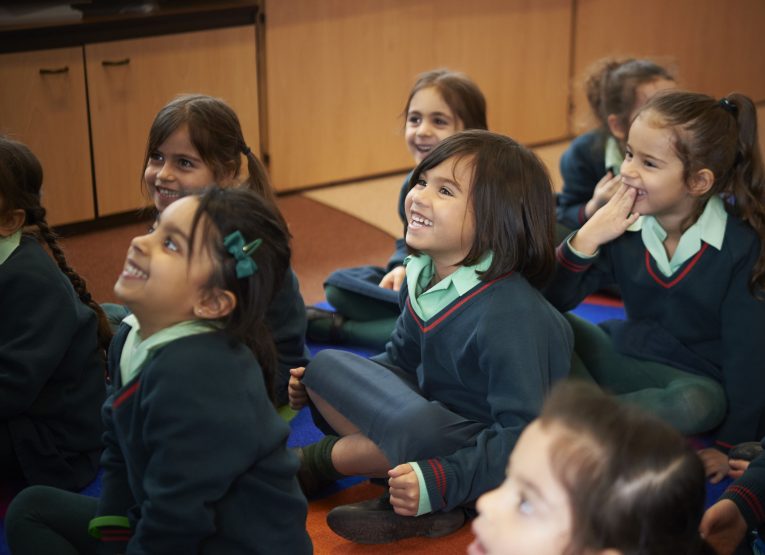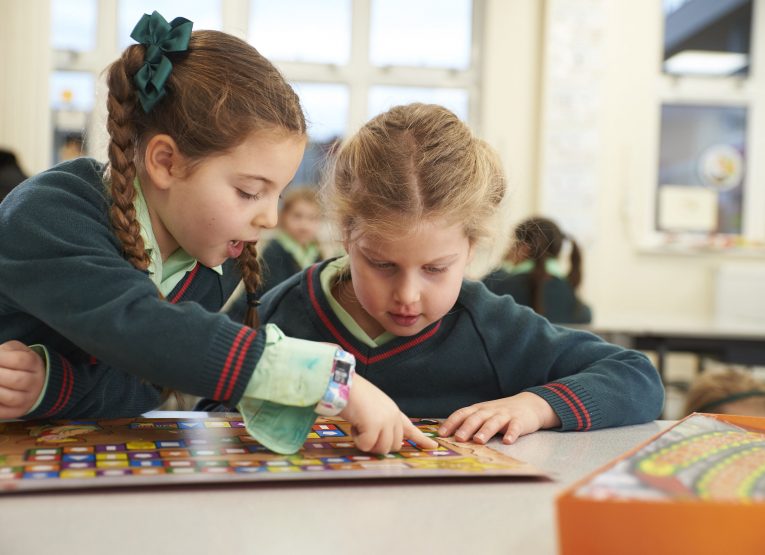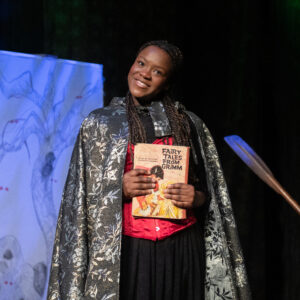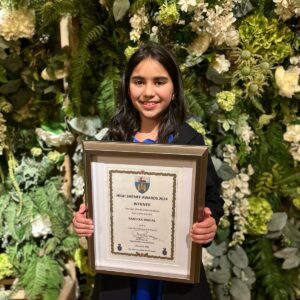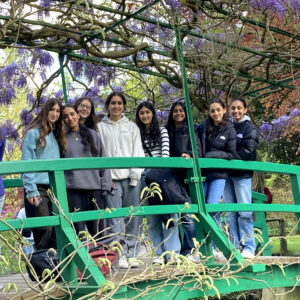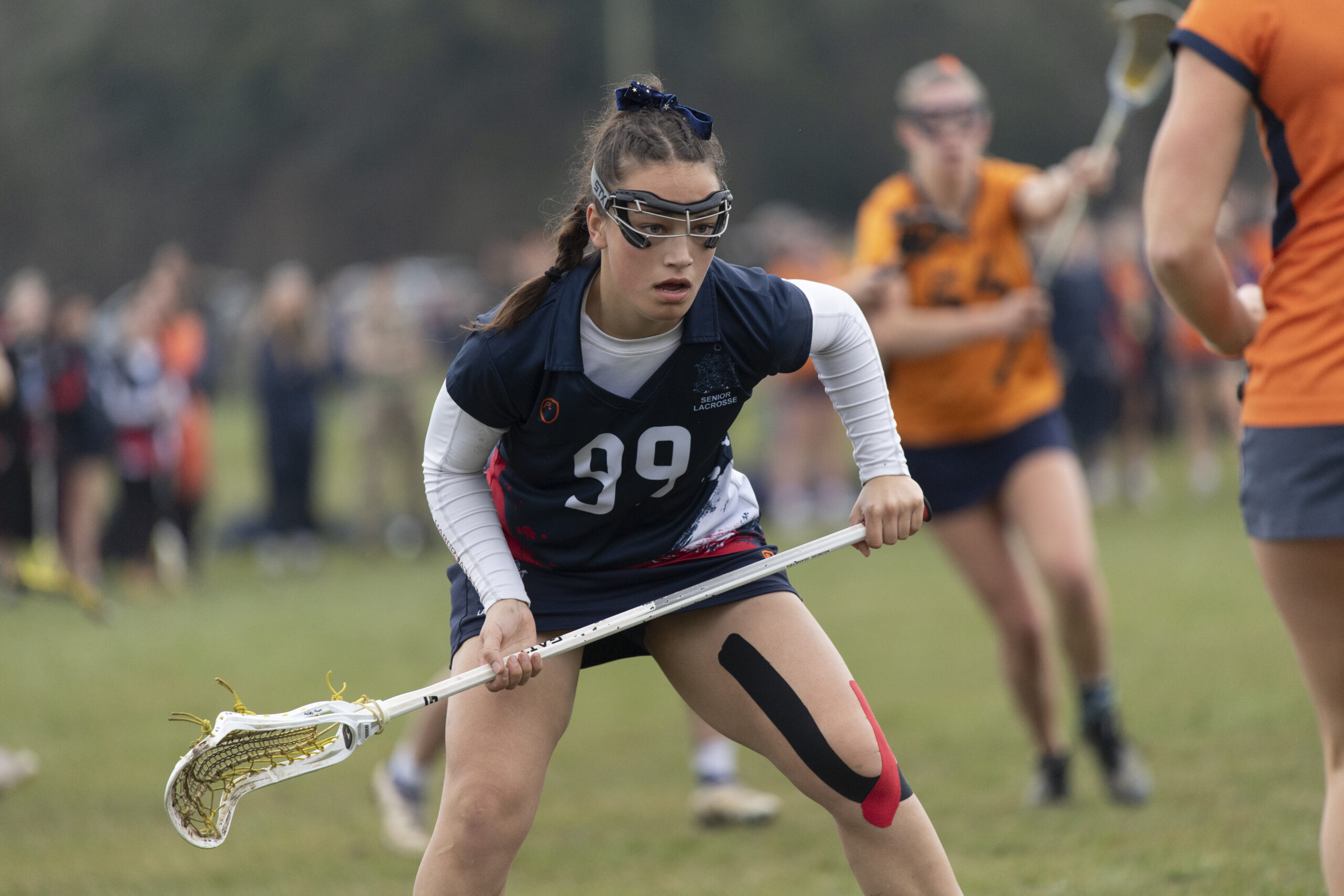Boy Pupils at Acton
A transcription of an advertisement for the school published in The Middlesex County Times on 6 January 1900.
The Haberdashers’ Company Schools
Public Endowed Schools with Large Endowments
Aske’s Acton School for Girls
Founded 1690 Reconstructed 1873-1898
Haberdashers’ and Foundation Scholarships and Leaving Exhibitions (£40 to £80 tenable, for three years) to Newnham College, Cambridge; Royal College, Egham; University College, Aberystwyth; Universities and Conservatories in France and Germany; and similar places of Advanced Education. School Age 8 to 18. Tuition Fees, Three Guineas per Term.
Kindergarten Department for Boys and Girls from three to eight. Inclusive Charge, 35s per term.
Prospectuses and Entrance Forms from the Head Mistress, or from the Clerk to the Schools’ Governors, Aske’s Girls’ School, New Cross, SE.
The Next Entrance Examination, Tuesday, January 16th, at 9.30.
The school building at Acton was completed in summer 1901. The teachers and pupils moved out of their temporary accommodation, which they had been using since November 1898, and into their “fine and well-appointed building.” Teaching began at the start of the autumn term and the local education authority allowed boy pupils to be registered but only to the age of 8 years. Indeed, as the above advertisement shows the school had been preparing for the intake of boy pupils for some time.
The first 5 boys entered at the start of that Autumn term in 1901. Three were aged 6 and two were aged 7, one of whom, Claude Pullin, turned 8 in the October and so left at Christmas having only been at the school for one term. They were joined by 3 others after the October half term break.
There were never very many boys in the school at any one time and most had some connection to the school e.g. sisters were pupils. The minutes of the School Governors in November 1908 record that they had “visited the Acton site and it was agreed that the Kindergarten should continue with the age of entry 6 and as far as possible only boys who have sisters in the school should be admitted.”
There were 24 boys in the school when World War I broke out in September 1914 and the graph below shows the comparative ages of the 34 girl and 24 boy pupils in the Preparatory Department. The lone 8-year-old boy was Leslie Johnstone whose birthday was at the beginning of September and so he was permitted to remain in the school until the end of the autumn term. In the New Year he joined Hillsborough Preparatory School which was also located on Creffield Road. This is the school that the majority of the 24 boys eventually moved on to when they were 8.
There are 4 boy pupils visible in the whole school photograph taken in July 1937 (circled in red below). All sat cross legged in the front row which was the youngest pupils in the school.
From the admissions records they can be named as John Ifor Davies, Kerr Iain MacLean MacIntyre, Arthur MacDonald Allchin and Thomas Neville Buck. The 3 older boys left the school at the end of that summer term leaving the youngest, Thomas, as the only boy in the school for the next academic year.
There are no boy pupils in the next whole school photograph which was taken in the summer of 1946. The last boy pupil identifiable from the records was Malcolm Williams who attended the school from May 1943 until March 1944. He was only 4 when he joined the Preparatory Department and moved on to Durston House School.
Despite there being boy pupils on the roll in autumn 1939, no boys joined the 216 pupils who made up the school evacuation party which left Acton on 2 September 1939 or the additional 28 pupils who joined the school once it was established down in Dorchester.
The last school magazine (1974) produced as the school moved from Acton to Elstree contains several articles reflecting on the school’s history. There is an interesting and amusing piece on pages 22-23 entitled “A boy at Acton or the liberated Preparatory” in which it is stated “boys allowed to stay in the Preparatory till the end of term in which they turned eight.”
A couple of extracts describing school life:
“I spent ten months as one boy among twenty-four girls without the slightest embarrassment. I wrote essays while the rest of the form did needlework, I used the Preparatory Cloakroom and when certain matters of dress and deportment were being dealt with I was quietly excluded. With those exceptions I shared the normal life of my class-mates and made friends in a natural childish way.”
“The School game was Netball, and, as there was no House system, our games were all against other forms. In 1907 the First Form defeated Lower Second and Upper Second, took on Lower Third but were beaten by them. It was the most successful year the First Form had ever had, nor is there any doubt that I had contributed handsomely to the triumph. My value was neither superior strength nor vigour. The Form Games Captain, Doris Day, was more powerful than I and much rougher. Indeed in a practice game she brought me to my knees on the asphalt playground, (surely no longer used?) so that I had to appear in bandages for a week. The fact was that, blessed with a good eye and a steady nerve, I developed into a deadly chuck, the only player allowed to score goals. Every time the ball reached my hands, it went with unfailing accuracy into the ring at the top of the pole. It was all very happy and easy, as indeed were all relationships with the Connies and Dorises and Evelyns of the First Form, whom at this distance I salute.”
The author was The Very Rev Michael Clarke who as Harold George Michael Clarke joined the school on 3 May 1906 along with his sister Viola who he mentions in the piece. He left in July 1907 and she continued into the sixth form leaving in summer 1913.
This means that about 50 former boy pupils were eligible to fight in the First World War and whilst conducting research in preparation for the WWI Centenary Exhibition, that was mounted in school from November 2018 until Easter 2019, the school archivist discovered that three of those pupils lost their lives.




